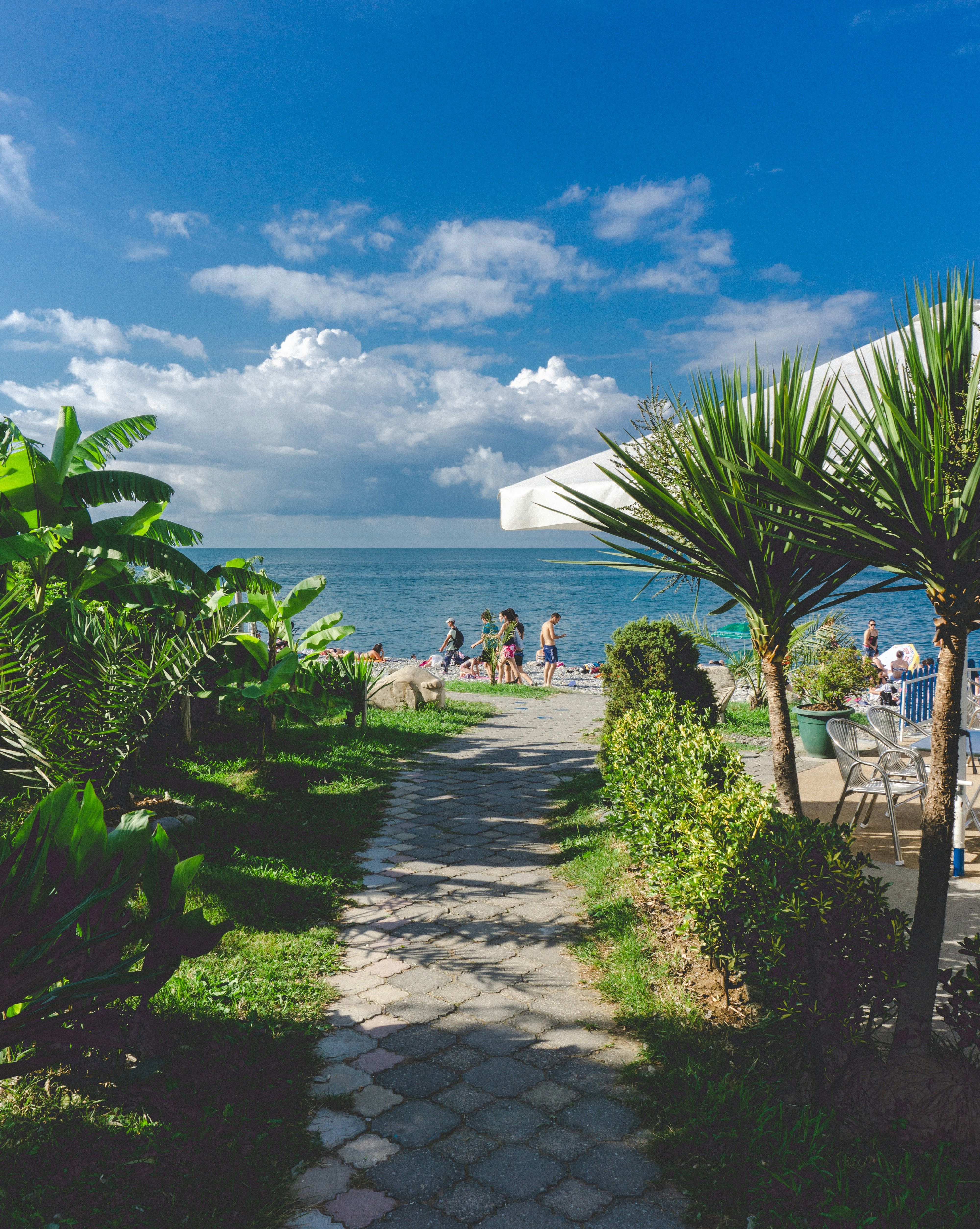Vehicles Used in Post-War Reconstruction - Span of 1944 to 1948
Post-War Car Production Sparks Rebirth Across War-Torn Europe (1944-1948)
In the bleak landscape of post-World War II Europe, cities and factories lay in ruins, with daily life marked by hardship and scarcity. Yet, the dream of prosperity and a fresh start was strong, propelling the resumption of car production. Vehicles, both for peaceful reconstruction and farm work, became the catalysts for change.
By May 1945, the city of Wolfsburg, known as the KdF-Stadt built for Volkswagen, was reborn and quickly began producing the iconic Beetle under the command of the British military government. The Eisenacher Fahrzeugfabrik, formerly BMW, also resumed production earlier under Soviet Marshal Georgy Zhukov's orders, focusing on pre-war BMW models.
Despite the challenges, German automakers such as Porsche and Mercedes faced delays, with Porsche's revival coming much later in 1948. Meanwhile, American models, such as the celebrated Jeep, were ubiquitous, providing essential assistance in agriculture. The Universal-Motor-Device for Agriculture, later marketed as the Unimog by Mercedes, evolved from these concepts. Even the British Land Rover, introduced in 1948, proved versatile in farming.
Other European countries also took strides in car production. Affordable models like Renault 4 CV, Fiat 500 Topolino, and "Humpback Volvo" symbolized the dreams of ordinary people for a better future. The post-war years were a time of hope, as the first Grand Prix races were held in various countries, dominated by rare, well-hidden racing cars from Alfa Romeo, Aston Martin, and Maserati.
The Paris Motor Show in 1946 attracted a million-strong audience, captivated by novelty and the return of normalcy. The Renault 4 CV and the compact Panhard Dyna X debuted, joined by more affordable models like the Simca 5. Fuel rationing and material shortages made car ownership limited and expensive, with some buyers even receiving their cars without tires.
The French market, somewhat isolated, saw foreign models such as American Jeeps thrive. These multi-functional vehicles played a crucial role in post-war agriculture, assuming up to 50 different functions. The German market, virtually starting from scratch in car ownership, found momentum with currency reform and the Marshall Plan, which rekindled the West's economy.
The Volkswagen Beetle played a significant role in driving forward mass motorization, with a millionth unit rolling off the assembly line in 1955. Initially, Ford rejected a takeover proposal for the Wolfsburg plant in 1948, leading to the little Beetle not becoming a Ford itself.
As the 1950s approached, the automotive world mirrored the vibrancy of the 1930s, with small cars, sports cars, and luxurious models gracing the streets. The economic miracle had set in, although it's a story for another time.
Key Milestones (1944-48)
1944- Ford Cologne sank shipments with automotive parts in the Rhine to protect them from bombing raids and speed up post-war production.- Peugeot initiated development of the 203 model intended to replace older models in 1948.- Louis Renault died, but the small car project Renault 4 CV, launched by him, continued under the nationalized Régie Renault post-war.
1945- After the war ended in May, Allied occupying powers limited German automobile production to two basic types – a Ford truck and a Volkswagen car.- The Eisenacher Fahrzeugfabrik resumed BMW 321 production under Soviet Marshal Georgy Shukov's command.- Porsche and factory founder Ferdinand Porsche were arrested by the Allies for development-related activities.
1946- The first post-war novelties were displayed at the Paris Motor Show, dominated by French and American models.- Pinin Farina's "private salon" at the Grand Palais entrance, showcasing Alfa Romeo and Lancia vehicles, was celebrated as a sensation, marking the coachbuilder's return in the post-war era.- The Soviet Union initiated production of the Moskvitch 400, based on the old Opel Kadett, which had been delivered as war reparations.
1947- Rootes Group owner Sir William Rootes and Henry Ford II both declined offers to acquire the VW plant.- The British Export Fair in Hannover served as a precursor to the IAA, held annually in West Germany until 1999.- The first Volvo PV 444 was delivered, with 10,000 orders already received.- France's focus on larger cars delayed the circulation of the minimalistic 2 CV, the famous "Tin Snail".- Mercedes celebrated the delivery of its 1,000th vehicle of type 170 V.- The first Ford Taunus prototype was displayed at the Hannover Export Fair, with production beginning in October (under code G73A).- Opel resumed production with its pre-war model, the Olympia, selling 25,952 units until 1949. The Opel Kapitän, Germany's first post-war six-cylinder car, also debuted.
1948- The first Land Rover was unveiled at the Amsterdam Motor Show.- The Morris Minor debuted at the London Motor Show.- Ford showcased the first prototype of the post-war Taunus at the Hannover Export Fair, with detailed modifications to interior and technology for production beginning in October.- The series version of the Citroën 2 CV and the Peugeot 203 made their debut at the Paris Motor Show.- The Auto Union GmbH was founded in Ingolstadt.
The post-World War II car production landscape in Europe underwent significant changes, starting with the resumption of production and the launch of new models in 1944-48. Challenges such as damaged factories, resource shortages, and Allied restrictions were met with resilience and an unwavering spirit for change. As the years progressed, European automakers shifted gears, laying the groundwork for the automobile boom in the 1950s.
- Efforts towards vocational training in automotive manufacturing increased significantly in EC countries during the post-war years, as the demand for skilled labor in the burgeoning automotive industry grew.
- Finance played a critical role in the revival of the automotive sector, with arrangements like the Marshall Plan providing vital funding to economically devastated countries such as Germany, fueling the re-emergence of car production.
- Transportation systems underwent a transformation during the post-war period, with an increasing focus on technological advancements in automotive technology, aiding the development of better and more efficient vehicles, including mass production models that revolutionized personal transportation in Europe.








